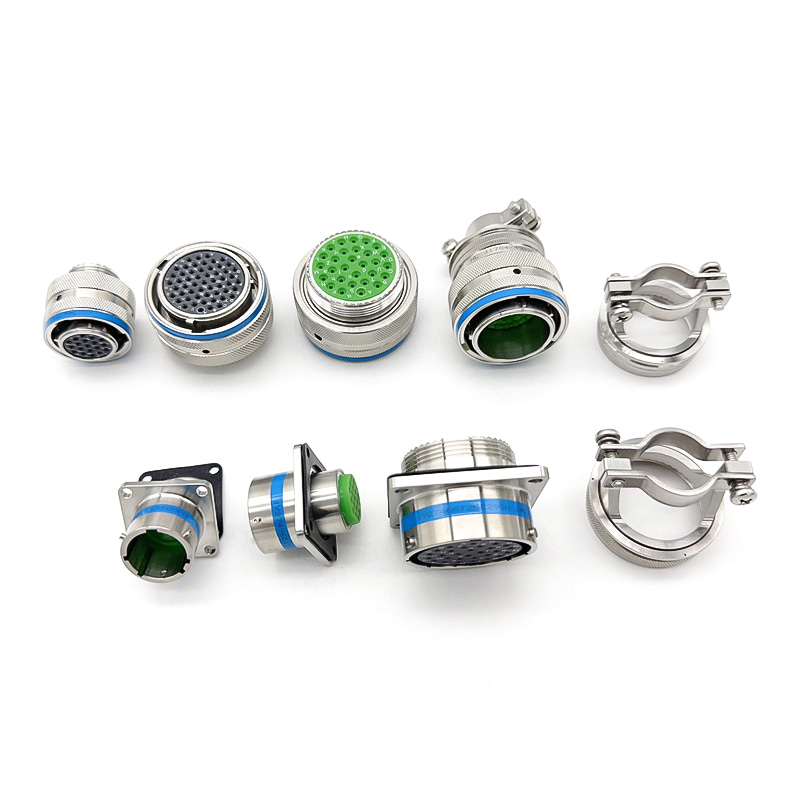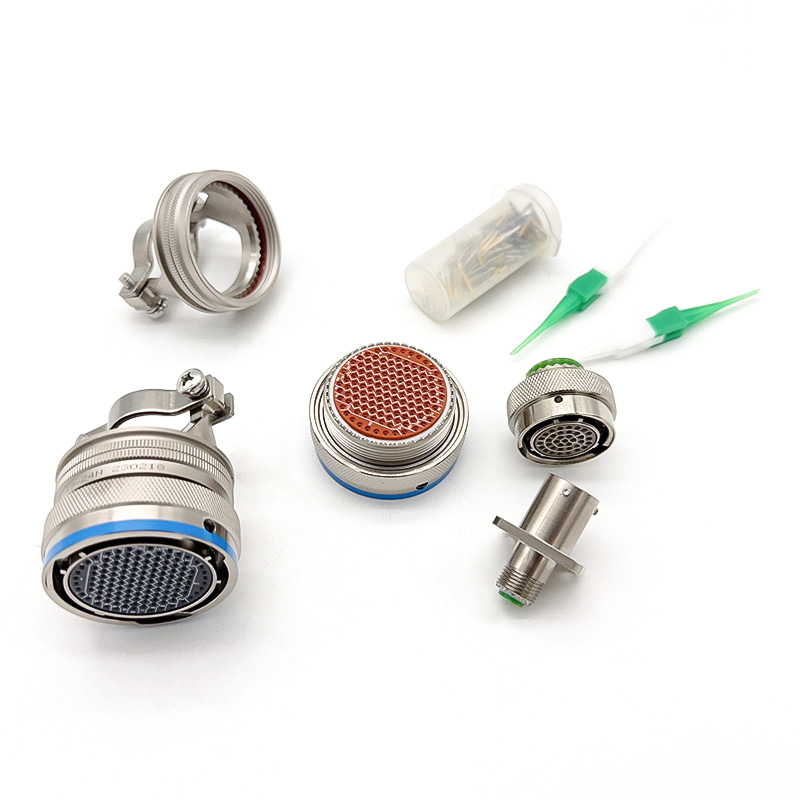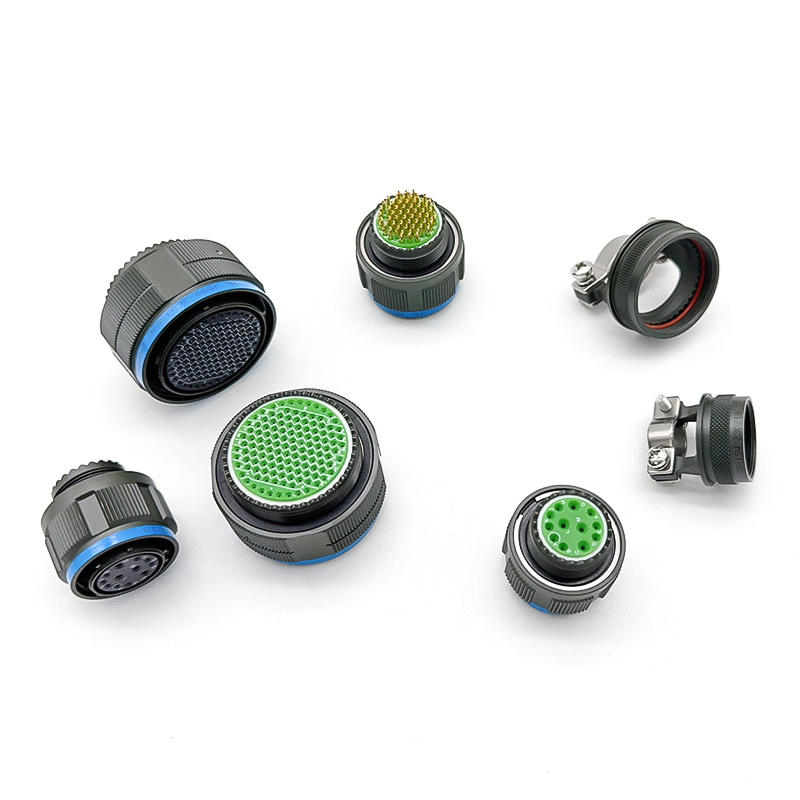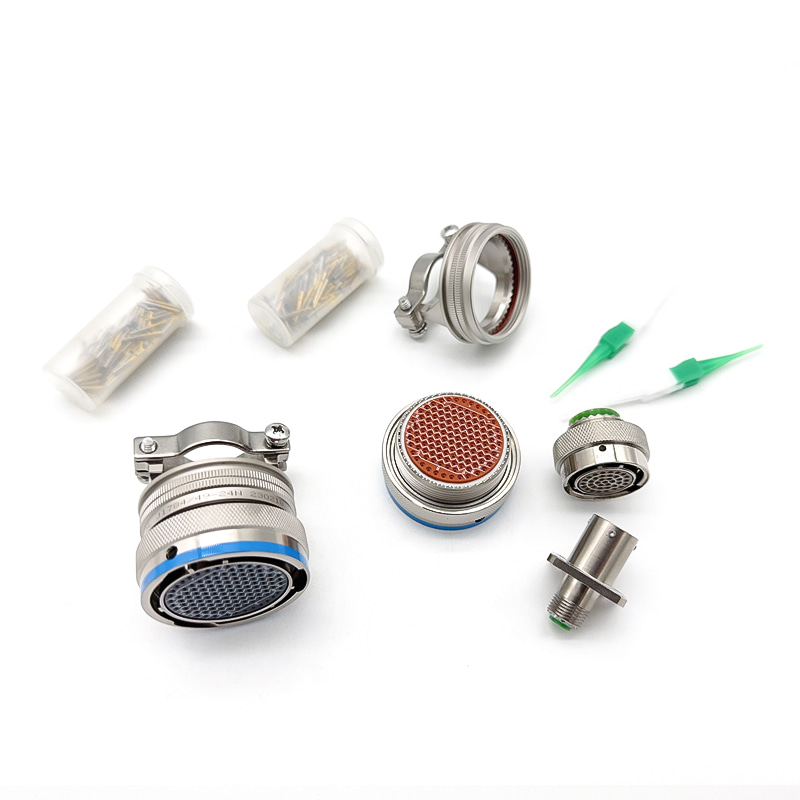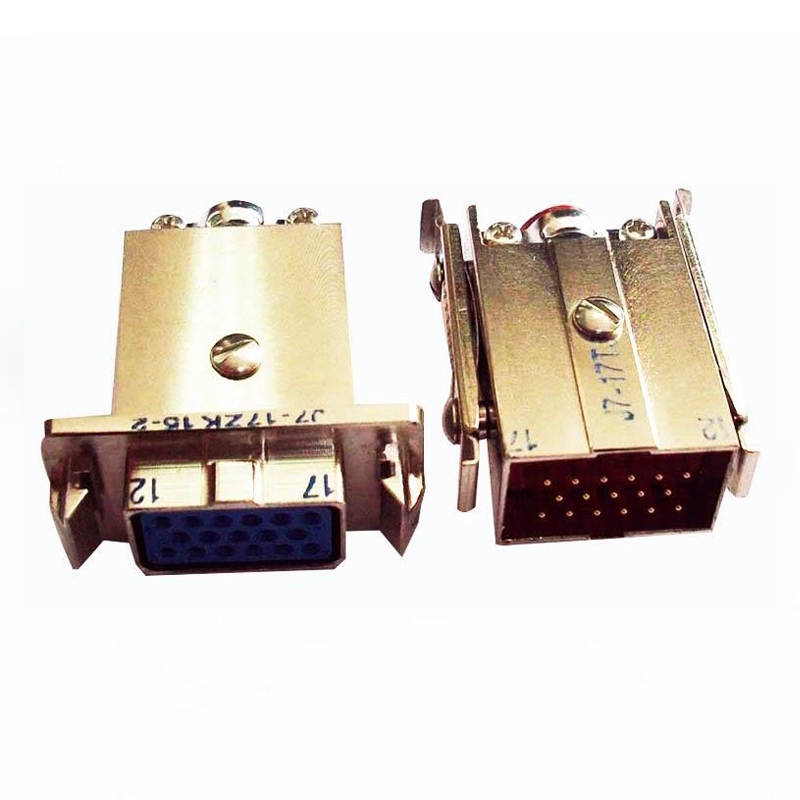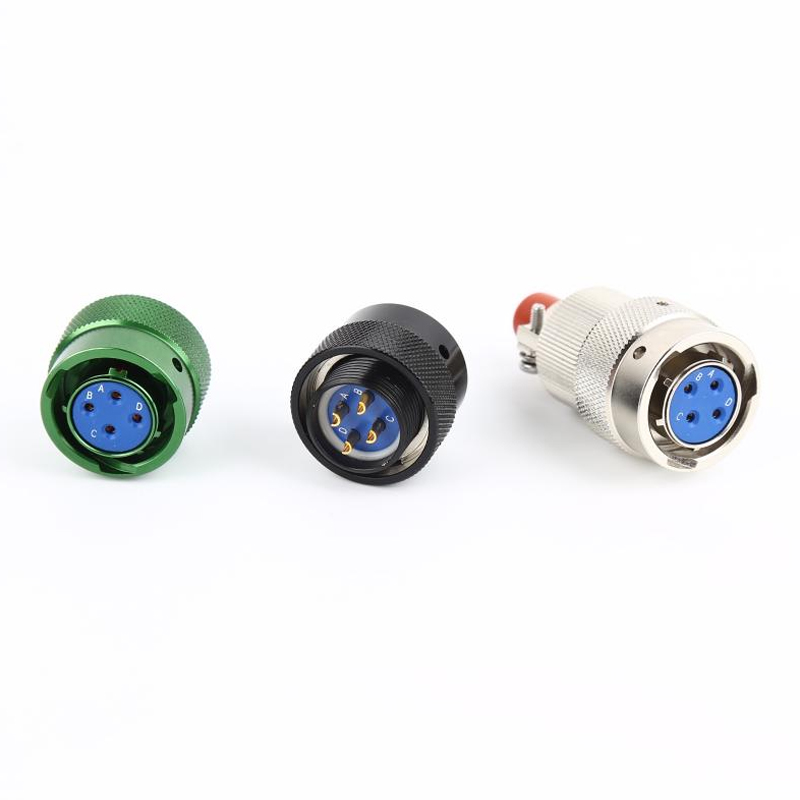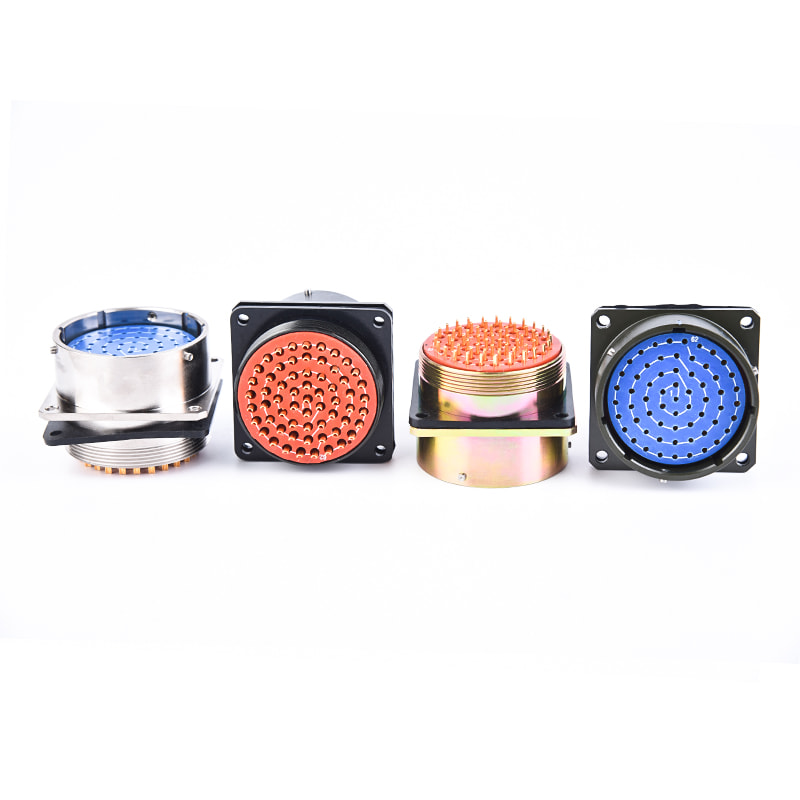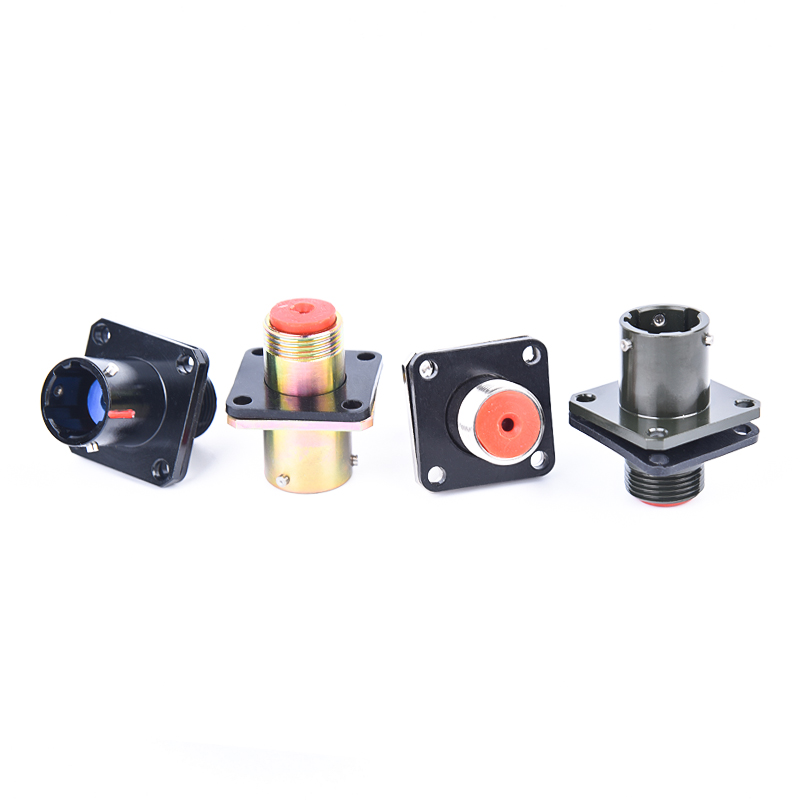- Home
- Products
- Solutions
- Quality
- Company
- Insight
- Contact
Web Menu
- Home
- Products
- Solutions
- Quality
- Company
- Insight
- Contact
Product Search
Exit Menu
Energy-Efficient Electrical Connectors: A Deep Dive
-
All News
Product
- - Military Electrical Connectors
- - Circular Electrical Connector
- - Rectangular Electrical Connector
- - Push Pull Self-Locking Connector
- - Russian Connectors
- - Cable Connectors
- - RJ45 and USB Electrical Connectors
- - Fiber Optic Electrical Connectors
- - Anti Water And Electricity Connectors
- - Circular Power Connector
Energy-Efficient Electrical Connectors: A Deep Dive
Electrical connectors are ubiquitous, serving as the crucial links in countless electronic and electrical systems. While often overlooked, their efficiency plays a significant role in overall system performance, particularly concerning power consumption and heat generation. This article explores energy-efficient electrical connectors, highlighting their definition, key characteristics, underlying technologies, and diverse applications.
What Are High-Efficiency Electrical Connectors?
At its core, a high-efficiency electrical connector is engineered to minimize energy loss during power transmission. This is achieved through several fundamental principles:
- Low Resistance: The primary goal is to reduce electrical resistance within the connector. Lower resistance means less voltage drop and, consequently, less power dissipated as heat.
- Low Loss: This encompasses not only resistive losses but also any other mechanisms that lead to energy waste, such as signal integrity issues or impedance mismatches.
- Optimized Thermal Management: Even with low resistance, some heat will be generated. Efficient connectors incorporate designs that effectively dissipate this heat, preventing performance degradation and ensuring long-term reliability.
Key Performance Indicators
The efficiency of electrical connectors is typically evaluated based on several critical metrics:
- Contact Resistance: This is the most crucial indicator, directly reflecting the resistance at the mating surfaces of the connector. Lower contact resistance is paramount for energy efficiency.
- Current Carrying Capacity: This defines the maximum current a connector can safely carry without excessive heat buildup or damage. High efficiency allows for greater current capacity within a given form factor.
- Mating Cycles (Durability): While not directly an energy efficiency metric, a longer mating cycle life ensures consistent performance over time, preventing degradation that could lead to increased resistance and energy loss.
High-Efficiency vs. Traditional Connectors
Traditional connectors, while functional, may not prioritize minimizing power loss. They often have higher contact resistance, less effective thermal management, and may not be optimized for specific high-power or low-power applications. In contrast, reliable low-resistance electrical connectors are specifically designed to overcome these limitations, offering significant advantages in terms of reduced energy consumption, improved system performance, and enhanced reliability.
Key Technologies for High-Efficiency Connectors
Achieving superior energy efficiency in connectors relies on advancements in materials, structural design, and thermal management.
Material Optimization
The choice of materials is fundamental to reducing resistance and enhancing conductivity.
- High Conductive Materials: Utilizing materials like copper alloys with excellent electrical conductivity, and plating contact surfaces with gold or silver significantly reduces contact resistance. Gold and silver offer superior conductivity and corrosion resistance, ensuring stable, low-resistance connections over time.
- Low Contact Resistance Design: Beyond just material selection, the surface treatment and purity of the contact materials are crucial. Advanced manufacturing processes ensure smooth, clean contact surfaces that minimize resistance.
Structural Design
The physical design of the connector plays a critical role in minimizing energy loss.
- Reduced Mating Loss Mechanical Structure: Innovative designs can reduce the mechanical forces required for mating, which in turn minimizes wear and tear on contact surfaces, maintaining low resistance over many cycles.
- Optimized Contact Surface Design: Features such as multi-point contacts or specific geometries increase the effective contact area, leading to lower resistance and improved current distribution.
Thermal Management
Effective thermal management in power-efficient connectors is essential for sustained performance and reliability.
- Heat Dissipation Design: This includes incorporating features like metal housings that act as heat sinks, or using thermally conductive materials within the connector's structure to efficiently transfer heat away from critical components.
- Preventing Overheating: By managing heat effectively, high-efficiency connectors avoid the performance degradation, increased resistance, and potential failure that can result from excessive temperatures.
Application Areas for High-Efficiency Connectors
The demand for energy-efficient solutions spans across numerous industries, making high-efficiency electrical connectors indispensable.
- Consumer Electronics: In devices like smartphones and laptops, power-saving connector designs for consumer electronics enable more efficient charging and extended battery life. Miniature power-efficient connectors for portable devices are crucial for sleek designs and improved portability.
- Industrial Automation: High-efficiency power connectors for industrial applications are vital in reducing energy waste in factories and industrial machinery, contributing to lower operational costs and a smaller carbon footprint.
- Electric Vehicles (EVs): EVs require connectors that can handle high currents with minimal loss for efficient charging and reliable battery connections. Smart connectors for energy-efficient power distribution are becoming increasingly important in this sector.
- Renewable Energy: Optimized electrical connectors for renewable energy systems, such as solar and wind power installations, ensure efficient power transmission from generation to grid, maximizing the output of green energy sources. These are key components of sustainable electrical connectors for green technology.
- IoT Devices: The proliferation of Internet of Things (IoT) devices necessitates ultra-low power consumption. Low-power electrical connectors for IoT devices are critical for extending battery life and enabling long-term, autonomous operation in remote or inaccessible locations.
The evolution of energy-efficient electrical connectors is a testament to the ongoing pursuit of optimizing power delivery and minimizing waste in a world increasingly reliant on electrical systems. As technology advances, these connectors will continue to play a pivotal role in shaping a more sustainable and energy-conscious future.

- Address : Jiangping South Road, Zhangqiao Industrial Park, Taixing City, Jiangsu Province, China
- Phone : +86 176 0151 5794
- Whatsapp : +86 176 0151 5794
- Email :[email protected]
- Email :[email protected]
- Home
- Products
- Solutions
- Quality
- Company
- Insight
- Contact
Copyright © Taizhou Henglian Electric Co., Ltd China Custom Electrical Connectors Manufacturers

 English
English русский
русский Español
Español 简体中文
简体中文